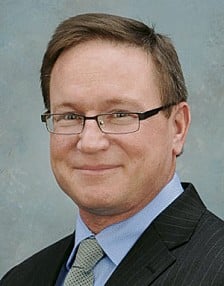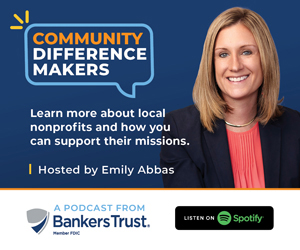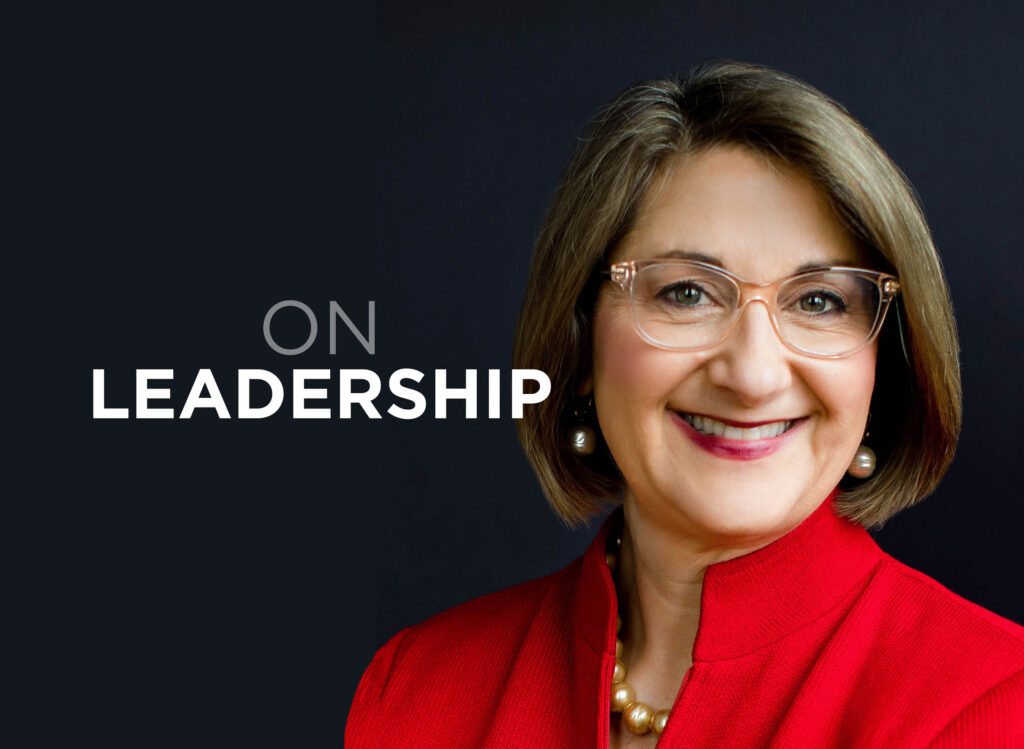GUEST OPINION: Think outside the plan to boost 401(k) buy-in

Despite all the techniques and options available within 401(k) plans today, Americans are still not saving what they should. Plans are already utilizing auto-enrollment, automatic increases in contributions and even offering personalized communications. Yet employers may still not be achieving targeted participation rates.
Studies have shown that workers feel they need to have $600,000 to retire, yet only 30 percent have more than $100,000 in their household retirement accounts, according to a 2011 Transamerica survey, and 60 percent have accumulated less than $25,000, the Employee Benefit Research Institute (EBRI) has found.
Two out of every three American workers ages 21 to 64 with access to a 401(k) do not participate, according to EBRI. Why? Is it a conscious choice? Is their income being directed to other priorities? How do we, as employers, instill the importance of making saving a priority?
In addition, as the huge wave of unprepared Baby Boomers begin to retire, America’s support resources will be stretched to as yet unachieved heights. How will this affect our economy and the forecast for corporate America?
Perhaps it’s time for employers to think outside the plan. Financially stressed workers may be living on the edge. They know they need to save. Who doesn’t? Just as who doesn’t know they need to eat better and exercise more? Yet Americans’ waistlines keep growing. These are not issues of “I didn’t know.”
They are most often issues of choice.
Many times, 401(k) education is simply designed to help employees understand the plan and how to utilize the features within it. But does it step beyond the plan? Does it help your employees take control of their finances and set goals, ultimately allowing them to contribute or increase their contributions?
What is the point of understanding how investment options work within the 401(k) if you are living paycheck to paycheck? Financial education is a building-block process. Start with the fundamentals of cash flow, setting priorities and goals, and getting debt under control. Build your employees’ financial knowledge in incremental steps. Give them the power, skills and motivation they need to get on track with their financial habits, habits that can truly change their lives.
Some will question if financial education is our responsibility as employers. But if you are a business owner or manager who feels your employees are your biggest asset, help them improve their lives and reach their goals.
Ultimately, you’ll reach yours, as well.
Brian Hood, a certified financial planner, is a senior partner with Legacy Financial Group LLC, an Urbandale-based financial planning and education firm.







